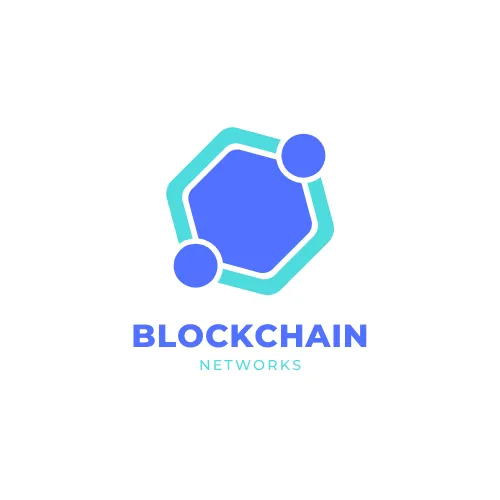
Blockchain technology brings the trust and security solutions. First, new blocks are always stored linearly and chronologically. That is, they are always added to the “end” of the blockchain.
Nowadays many real time projects are integrated with blockchain so that it would eventually help the society rather doing simple transactions. Democratic elections are one of the good examples which uses the Blockchain Technology. This technique completely screws the fraudulent voting
For example, a voting system could work such that each citizen of a country would be issued a single cryptocurrency or token. Each candidate would then be given a specific wallet address, and the voters would send their token or crypto to whichever candidate's address they wish to vote for. The transparent and traceable nature of blockchain would eliminate the need for human vote counting as well as the ability of bad actors to tamper with physical ballots.
Some companies that have already incorporated blockchain include Walmart, Pfizer, AIG, Siemens, Unilever, and a host of others. Block-chain technology is broader than finance. It can be applied to any multi-step transaction where traceability and visibility is required. Supply chain is a notable use case where Blockchain can be leveraged to manage and sign contracts and audit product provenance
For example, IBM has created its Food Trust blockchain1 to trace the journey that food products take to get to its locations.The basic reason why the IBM selected food industry is to bring the awareness towards the cause of spreads of e Coli, salmonella, listeria, as well as hazardous food stuffs. In the past, it’s been a tedious process to find the source of these outbreaks or the cause of sickness from what people are eating.
Using blockchain we can trap the path of food from its origin to delivery. If a food is found to be contaminated then it can be traced all the way back through each stop to its origin. Not only that, but these companies can also now see everything else it may have come in contact with, allowing the identification of the problem to occur far sooner, potentially saving lives. This is one example of blockchains in practice, but there are many other forms of blockchain implementation.







